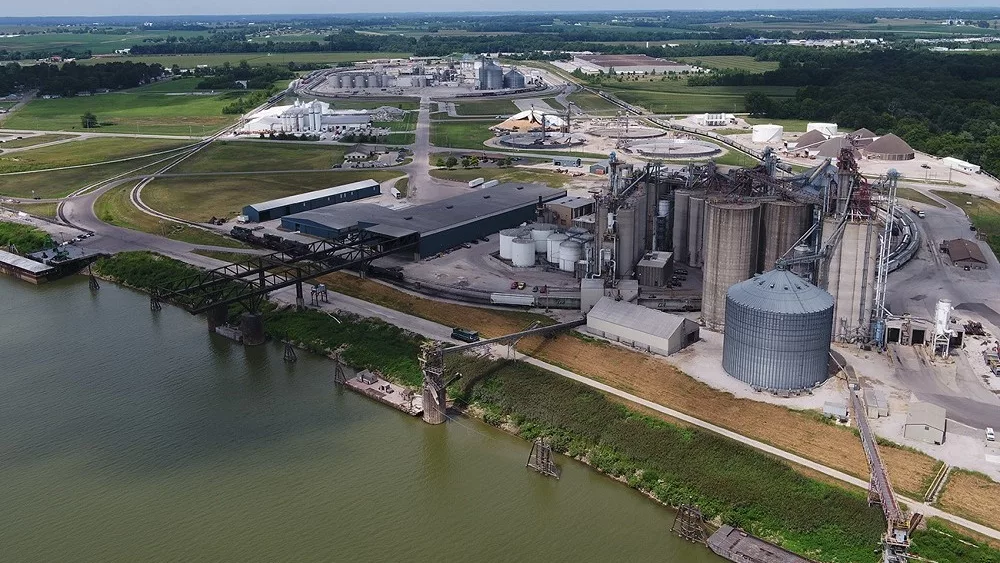Some rain later this week might put a pause on harvest progress, but those in West Central Indiana might be done by then.
“I think we’re probably 95% wrapped up on both corn and soybeans,” says Pioneer agronomist Ben Jacob. He adds that it’s time to start thinking about replacing nutrients after another year of solid yields. There are some tough decisions ahead, and those decisions start with soil sampling.
“My big thing with soil samples is when we take them, we want to try and keep everything we can consistent from previous samples we’ve taken. There are not many falls that have been this dry, or not many wrap-ups to a season that have been this dry, so that’s pretty difficult. And so, what that does is it changes the rate of nutrient recycling from the fodder, and it also potentially changes the amount of uptake and removal that we had regardless of yield level.”
With some farmers coming in with record or near-record yields for three, four, even five years in a row now, how often should you soil sample?
“In an ideal world, I would say you would do it at least every other year. Now, I know that that’s not always in the budget or in the management plan, but at least every four years. And really, again, take a hard look at some of the yields you’ve pulled off versus what you’ve been fertilizing for. And even if it’s not been four years yet, it may not be a bad idea to check back in, just to really dial in. I think you could save some money on your fertilizer plan by dialing it in a little bit with soil sampling.”
Jacob dives deeper into that saving money part in the full HAT interview below. Get in touch with your Pioneer representative to start putting a plan together for next year by visiting pioneer.com/findmyrep.





